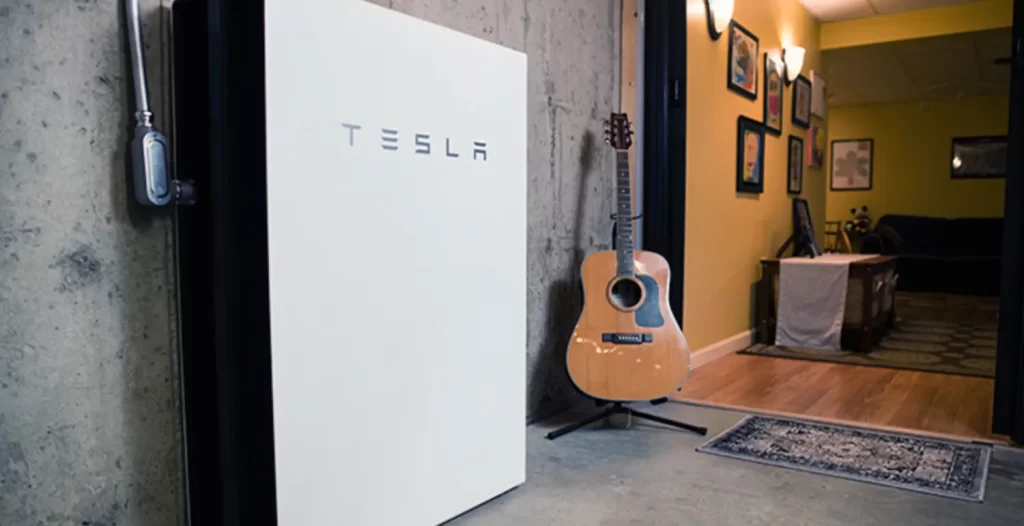
Vermont’s largest utility, Green Mountain Power (GMP), wants to install battery storage for all 270,000 of its customers by 2030.
Battery storage for all by 2030
Instead of building more power lines like most utilities to accommodate new clean energy and prevent outages, GMP is taking a different approach. The plan for its 2030 Zero Outages Initiative, which it filed with state regulators yesterday, is to make its existing power lines more resilient, bury power lines, and install residential battery storage for all of its customers.
The utility already knows that the power line part of its proposal will work: GMP has already installed 50 miles of underground lines in rural residential areas, and those lines haven’t been damaged during major storms. And where GMP has installed spacer cable, trees from outside the rights-of-way fell on the lines but didn’t cause outages. The IEEE reports that spacer cables for one utility reduced tree-caused customer interruptions by 90%.
The Zero Outages Initiative would also provide residential batteries to customers in remote locations first and then roll out energy storage to all customers by 2030. GMP already offers a home battery program in which customers can lease Tesla Powerwalls and other brands for $55 a month. Everyone wins – the customer then has backup power, and when it isn’t needed, power feeds back into the grid.
Vermont regulators recently agreed to GMP’s request to lift the enrollment cap on its home battery program (there was a huge waiting list), so all customers who’d like to get Tesla Powerwalls can now do so. There are currently 5,000 Powerwalls installed in customers’ homes.
It’s also launching microgrids – backup battery power to sections of towns – that it calls Resiliency Zones and an all-electric neighborhood in South Burlington that’s under construction now.
The first phase of the filing calls for an investment of $250 million to storm harden and bury power lines and $30 million for battery storage. The second phase will seek approval to accelerate and expand beyond 2026.
Meanwhile, since 2013, major storms have caused $115 million in damage across GMP’s service area, with 40% of that in just the last two years and $45 million in 2023 alone – and thanks to climate change, it’s not going to get any cheaper.
The filing kicks off a public review process through the Vermont Public Utility Commission. If approved, the first projects could start in the spring or summer of 2024.





























